11th Sept 2001. Do you remember this date?
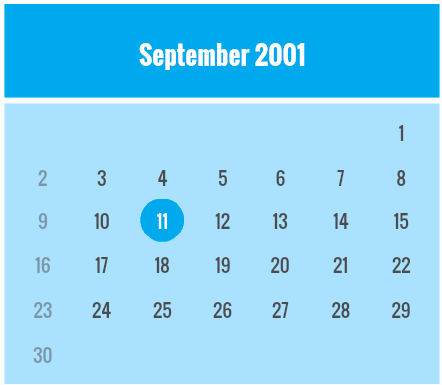 This, my friend, is the date that had great influence on the way we operate our ships. This is the date that led to the ISPS code.
This, my friend, is the date that had great influence on the way we operate our ships. This is the date that led to the ISPS code.
I bet when you hear about ISPS code, you think about places like Somalia and Nigeria. But security has been the concern for shipping far longer than that.
IMO has developed many codes, regulations, and conventions since its inception in 1948.
If not all, most of these conventions were triggered by some major incident. For example, ISM code came into existence because of the incident of “Herald of free enterprise”. MARPOL was the result of the incident of Torrey Canyon. And as everyone knows, SOLAS was developed because of infamous incid the nt of sinking of Titanic.
ISPS code is probably the only code that was developed because of a non-marine incident. It was considered and developed after the 9/11 terror attack in the USA.
So what exactly ISPS code requires us to do. Let us discuss 10 elements of ISPS code we need to know about.
1. Ship security plan
Ship security plan has all the security-related instructions for the ship’s crew.
ISPS code part A/9.4 gives the minimum points that must be included in the ship security plan.
Ship security plan need to be approved by flag state of the vessel or by Recognised security organisation (RSO) on behalf of flag state. RSO is usually the classification society of the vessel.
Handling Ship security plan on board
Ship security plan is to be kept in a locker. If it is at an open location, it may lead to a non-conformity during PSC inspection or ISPS audit.
Master and SSO must not give access of SSP to any external party. Only Company security officer and person conducting security audit can be given access.
If any PSC inspector seeks access to SSP, this request should be politely rejected.
There may be situations where PSC inspector believes that there exists a security related non-conformance and only way to prove to him that this non-conformance does not exist is by showing him the SSP.
In these cases, Master / SSO can show only the SSP section that is required to prove the non-conformance as invalid.
2. Ship Security Assessment
Ship security assessment is the first step toward developing a security plan.
Let us say you have the responsibility to develop a ship security plan. There are many aspects you would like to explore.
You would like to ensure that your ship is not attacked. You have responsibility to ensure that unauthorised persons are not able to board your ship. how will you go about to achieve all this ?
You would probably want to identify all the access point of the ship. You may want to brainstorm and identify the possible ways your ship can be attacked. You may even want to assume yourself as an attacker and think of how you can gain access to the ship.
That is what ship security assessment is all about.
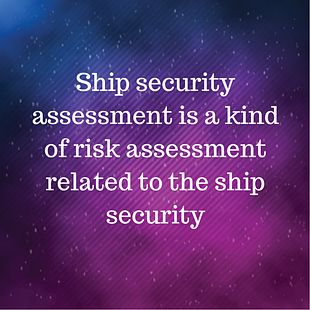 It is about identifying the applicable security scenarios for the ship. For example, will there be any security concern during cargo operation ? Are there any weaknesses in the ship security ?
It is about identifying the applicable security scenarios for the ship. For example, will there be any security concern during cargo operation ? Are there any weaknesses in the ship security ?
Ship security assessment is a kind of risk assessment about the security of the ship.
Ship security assessment aims to answer these five questions.
- Is there any motive to attack the ship?
- Which are the key shipboard operations and areas that are prone to security incident
- Are there any existing security measures, procedures in place?
- What are ways ship can be attacked?
- What are the likelihood and consequences of such attack?
Ship security assessment forms the basis for development of ship security plan. It is the responsibility of the company security officer to conduct initial ship security assessment.
Here is an example of ship security assessment.
3. Ship security officer
ISPS code requires company to appoint a ship security officer. The crew member appointed as SSO must have done the security training required as per STCW.
The main duties of ship security officer is
- to implement and maintain all the elements of ship security plan and
- to liase with the company security officer and port facility security officer (PFSO) for all security related activities
It is quite obvious that to implement SSP on board, SSO must himself know about what SSP requires from SSO and ship’s crew.
For this reason, SSO must read the SSP thoroughly and preferably make notes of key points specific to SSP of the ship he must know at all times.
For example SSO must know
- percentage of baggage gangway watch need to check at each security level
- Procedure to follow if any unaccompanied baggage is found on board
- Restricted areas as per SSP
- Security equipments on board and what maintenance is required for these
- Procedure and required interval for testing of ship security alert system
One of the important duty of SSO is to review the ship security plan. The idea for review is to make the SSP robust over the time. SSO has to look for shortcomings in the SSP and point these out in the SSP review.
Some companies may have a quick checklist for review of ship security plan. Even if there is no checklist, SSO can review the SSP to best of his capacity.
For example, SSO may find that an access which should be a restricted area is not designated as restricted area in the SSP.
He may find that there are no clear instructions if the port security personnel with weapons can be allowed on board or not.
Whatever the SSO feel should include in the SSP which isn’t included, he can mention that in his SSP review.
4. Company Security Officer
ISPS code also requires company to appoint a company security officer. The main duties of the company security officer is to
- Carry out ship security assessment
- Develop ship security plan and submit it for approval
- ensure efficient implementation of SSP on board
One of the important duty of CSO is to share regular security information to the SSO and ship.
5. Security levels
ISPS code has set three security levels.
- Security Level 1
- Security Level 2
- Security Level 3
Security level 1 requires minimum security measures and is the normal security level all ships and ports are supposed to operate.
security level 3 requires most stringent security measures.
Security level 3 is set only in exceptional circumstances when there is a credible information about a probable or imminent security incident.
There is this one frequently asked question related to security levels. The question is “Who decides the security level on board” ?
Who decides the security levels on board?
When the ship is at sea, Security level is set by the flag state of the vessel. Flag state may not instruct the ship directly but may do so through CSO.
CSO will forward the message from the flag state to the applicable ships to change the security level. SSO need to acknowledge the mail for instructions to change the security level and confirm to CSO when the security level is changed.
At port, vessel need to have same security level as the port. Before arrival, agent gives all the security details of the port and also advises the security level of the ship.
If the security level of the port is higher than the ship, the ship must increase the security level to same as the port.
Now there may be instances where security level of ship is higher than the port it is calling. In this case, SSO should consult CSO. CSO may advise to decrease the level of the ship without downgrading the security measures.
This means that in this case, the ship will have lower security level but will have same security measures that are required as per higher security level in SSP.
CSO after consultation with flag may advise to keep the higher security level. In this case, vessel must inform the port of its higher security level.
6. Declaration of security
As the name suggests, declaration of security is security related declaration between two parties. One of the party is own ship and other party can either be a port or another ship.
The question is when do we need Declaration of security and why do we need Declaration of security?
Let us answer the “when” part first.
The DoS is intended to be used in exceptional cases usually related to higher risk. These are the times when there is a need to reach an agreement between the port facility and the ship as to the security measures to be applied.
ISPS code requires each flag state to establish the requirements of the declaration of security.
But in general DOS need to be filled when
- Ship is operating at higher security level than the port it is calling
- Ship is operating at higher security level than the other ship it is doing operations with
- Ship is calling a port which do not have port facility security plan. This will be the case when port is in a country that has not ratified ISPS code
- Ship is doing operations with a ship the flag of which has not ratified the ISPS code and thus do not have an approved ship security plan
Another question is why do we need to fill DOS. As you would notice in above situations that the ship is either at higher security level or is dealing with port or ship that does not comply with ISPS code.
In first case, we need to make sure that ship’s higher security level is efficiently conveyed to the port or ship it is dealing with. Also as the port or other ship is at lower level, we would want to know what security duties the port and ship will be performing.
For example we need to get the declaration from other ship that they will monitor the areas around their ship and restrict the access to their ship.
In the second case where port or ship is not ISPS compliant, we need to make joint declaration that the port or other ship will perform some of the security duties as per declaration of security.
Many ships or companies requires DOS to be completed at every port & ship operation. This is not required and in doing so we are just wasting paper and energy on something that is grossly unnecessary.
7. Security drills and exercises
Company is required to devise a security drill planner which should cover all the security situations.
These drills may include situations like
- Bomb threat at port / at sea
- change in security level
- Stowaway or Bomb search
The whole idea of these drills and exercises is to test the effectiveness of ISPS code implementation. These drills should aim to identify the gaps between expected outcomes and actual performance.
SSO should maintain the records of all the security drill carried out on board.
8. International ship security certificate
International ship security certificate is a statutory certificate. ISPS code applies to all ships over 500 GRT. ISPS code requires these ships to have a valid “International ship security certificate”.
But how can a ship get “International ship security certificate (ISSC)?
A new building ship or the ship that changes flag or class will get an interim ISSC. The interim ISSC will be issued after verification by flag state or RSO (usually class) that all the elements of SSP are implemented on board.
The interim ISSC is valid for six months.
A full term ISSC is issued
- after SSP has been implemented for at least 30 day
- A successful ISPS audit has been conducted by the flag or RSO on behalf of flag
The full term ISSC is valid for 5 years subject to intermediate verification and endorsement by flag or RSO on behalf of flag.
9. Ship Security Alert system
One of the main security equipment on board required by ISPS code is ship security alert system.
There needs to be a minimum of two security buttons that can initiate SSAS. One of these buttons should be on the wheel house of the ship.
Generally, when a SSAS button is pressed, the alert goes to the Flag state and the CSO. But some flag state may require that alert is only received by the CSO.
Ship security alert system (SSAS) must be tested at least annually.
The test procedure is given in the SSP. SSO must know this procedure of testing.
Conclusion
ISPS code may not have been able to put an end to the security incidents around the world. But it has surely given a framework for deterrence in the security issues around the world.
This deterrence will only be effective if we know and implement all the elements of ISPS code effectively.
Share this:

About Capt Rajeev Jassal
Capt. Rajeev Jassal has sailed for over 24 years mainly on crude oil, product and chemical tankers. He holds MBA in shipping & Logistics degree from London. He has done extensive research on quantitatively measuring Safety culture onboard and safety climate ashore which he believes is the most important element for safer shipping.
Search Blog
28 Comments


Very well written including practical over do's in the industry :-"Many ships or companies requires DOS to be completed at every port & ship operation. This is not required and in doing so we are just wasting paper and energy on something that is grossly unnecessary."

A good and practical summary. I particularly agree with your comments on the proper use of the DoS. Would you believe that in 2017, some tankers operating on MARSEC level 1 are requesting a DoS with a terminal also on MARSEC level 1 and where neither party have particular security concerns? Some claim it is to meet US 33CFR requirements which I do not believe can be applied to non-US flagged ships and non-US port facilities.

Can u pls explain the scenario of actions to be taken when the ship has lower security level than the port it is approaching?. What all things need to be done?

The ship will inform the PFSO of the relevant Port Facility by means of the Pre-Arrival Notification and must adopt the higher level in force whilst at the PF.

GOOD KEEP UP. Sir, what are the differences between privateering and piracy?.

Thanks for that. You have just given me the fodder I require for a Table Top Talk on what the crew need to know about ISPS.

Very well organized.

Once again a fantastic explanation. Thank you so much.

Comment*Excellent for good explanation of ISPS Code

The information about the ISPS CODE is clear!

In security check in accompanied visitor's baggage coming onboard. How many percentage to be check in every security level 1 ,2 and 3?

Hi Captain, once a company has done its security plan, what is the interval for the next review. Thank you, Priscila

Thankyou vry much sir Keep it up

I am facing the situation that USCG request security docments which were carried out during our last port of call Venezuela. They are saying that ship has to prove that all the security measures are equivalent to Marsec Lev 2. In this regards,pls suggest whether ship can increase Marsec Lev 2 by itself or only CG can do it for our understanding.Hoping to hear soon.Thanks

Need to known more about marine security level and function in this regrds thank you.

SIR , VERY WELL EXPLAINED IN SIMPLE LANGUAGE ...THE BEST AND PRACTICAL EXPLANATION OF ANY CODE I HAVE EVER READ ....HIGHLY APPRECIATED.... MANY THANKS.

Nice article sir.....please write III code sir....

Thanks sir, great job for keeping me understand

88

I would like to thank you very much, excellent work and very didactic

Is it compulsory to have Night Vision Binoculars on board. If yes, as per what resolution

very educative article, nice one.

Excellent representation of facts from ISPS code and practical application on board vessels. Well done Capt. Rajeev Jassal. You make Maritime personnel more competent & you make their life easy.

what are the Requirements and procedures for reporting to CSO according to the ISPS

On the off chance that your searching for Online Illinois tag sticker restorations, at that point you have to need to go to the privileged place. cyber security training in malaysia

Residential Security Guard Service in Surrey Canada. live guard security serving Canada, Surry and british Columbia. Get a FREE quote https://www.liveguardsecurity.ca/services.php

I’ve read a few excellent stuff here. Certainly worth bookmarking for revisiting. I surprise how lot effort you place to make this sort of excellent informative website. Good wishes from 22 bet
Leave Comment
More things to do on myseatime

MySeaTime Blogs
Learn the difficult concepts of sailing described in a easy and story-telling way. These detailed and well researched articles provides value reading for all ranks.

Seafarers Question Answers
Ask or answer a question on this forum. Knowledge dies if it remains in our head. Share your knowledge by writing answers to the question

MySeaTime Podcast
This podcast on the maritime matters will provide value to the listeners. Short, crisp and full of value. Stay tuned for this section.

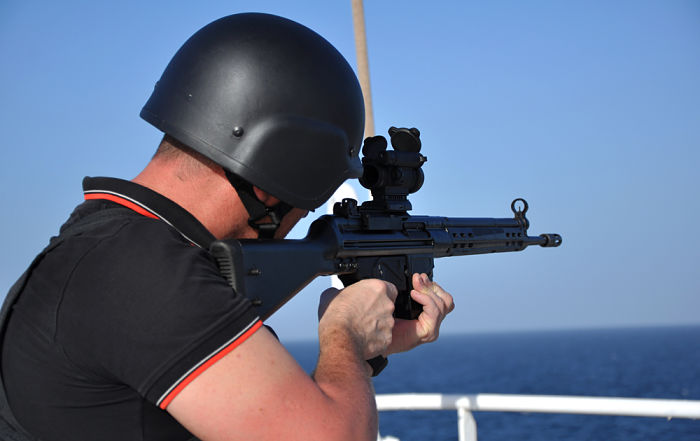
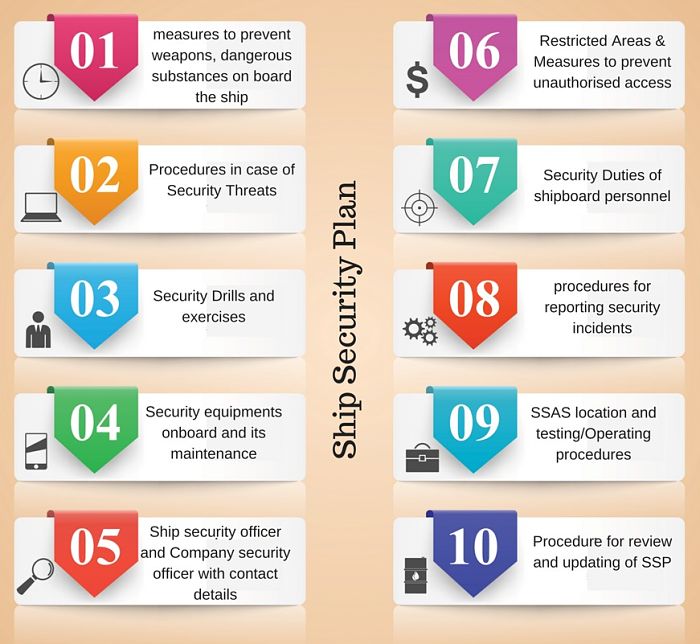
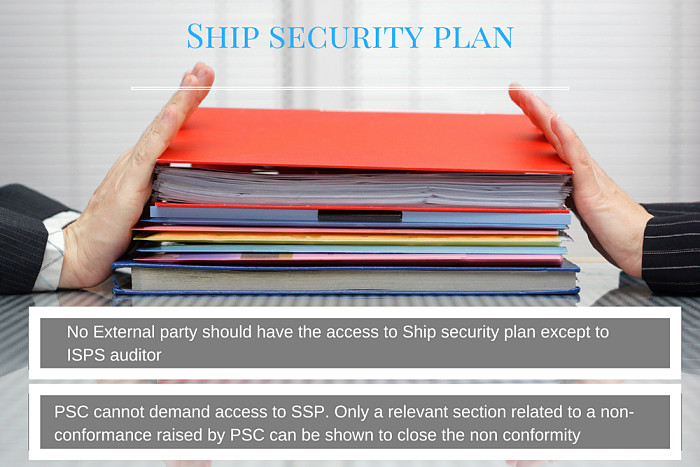
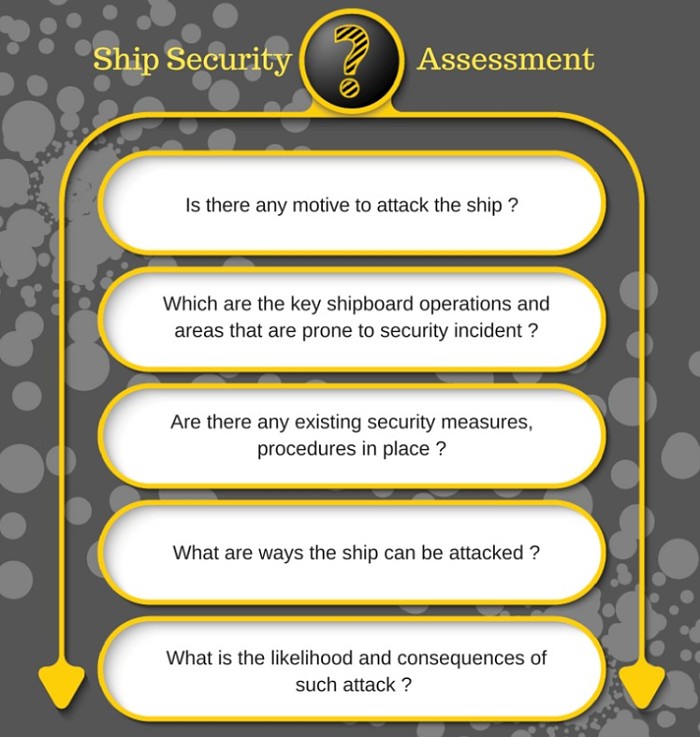
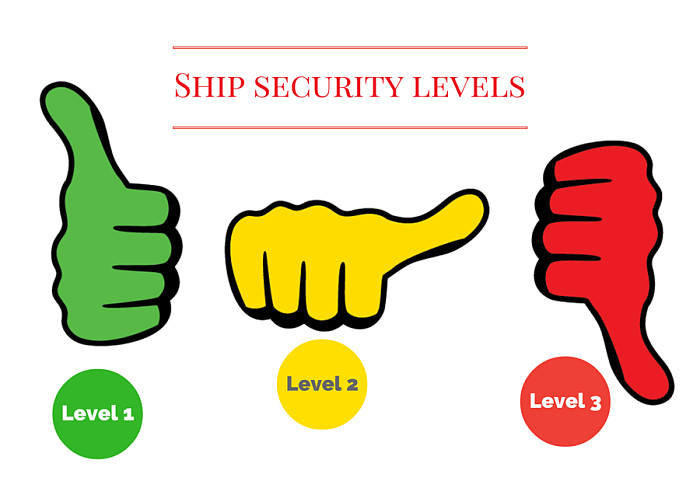
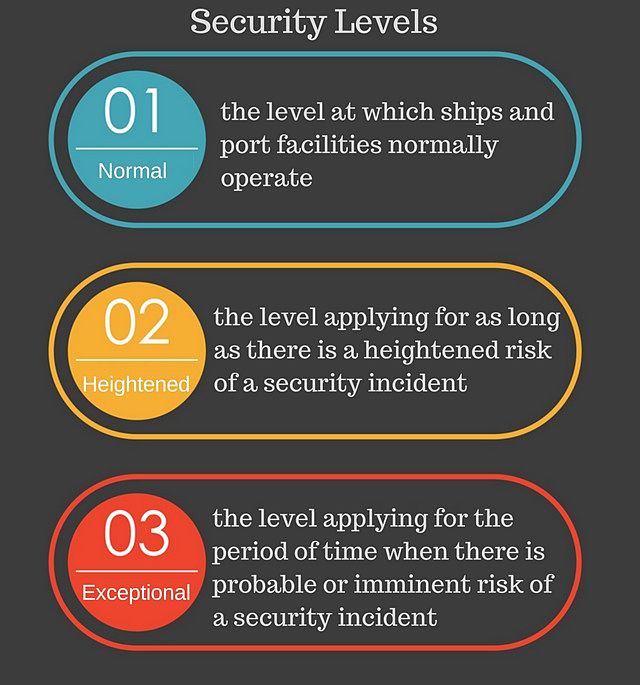
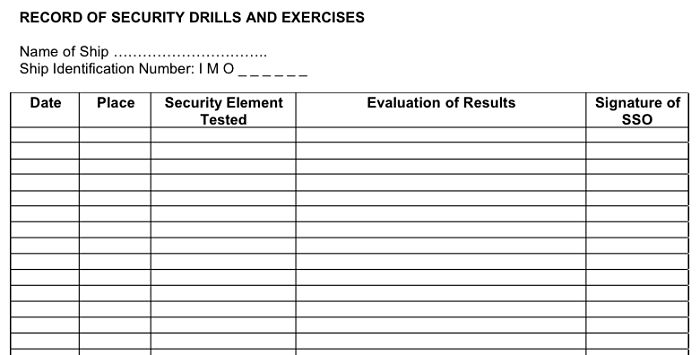
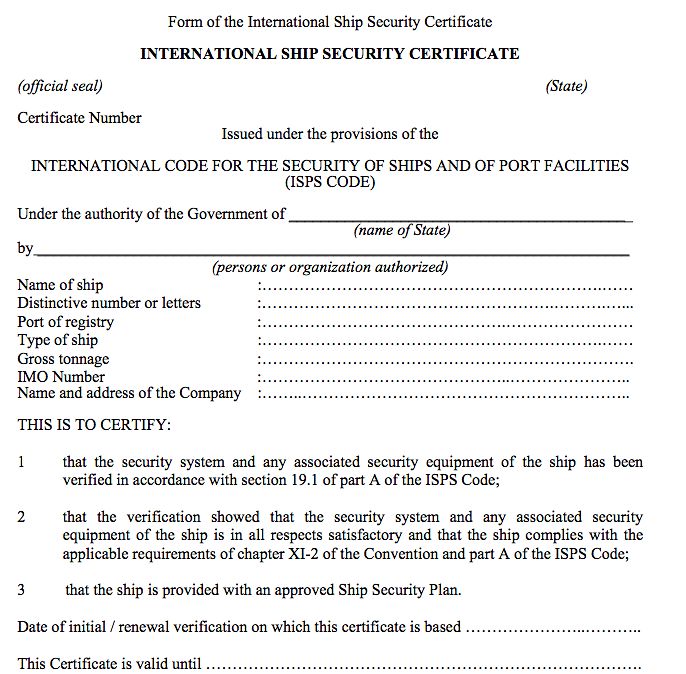
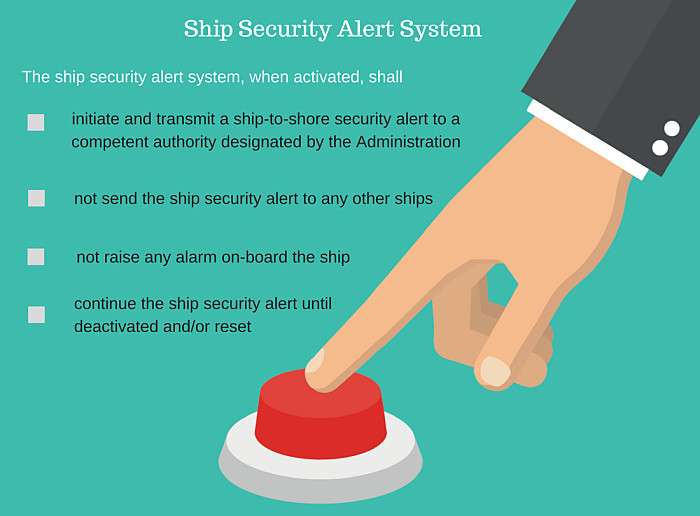
Excellent Job. Brief and comprehensive presentation of the ISPS Code for the Mariner. You may, however, give attention to two things I noticed in your presentation. First MARPOL was mainly triggered by the Torrey Canyon accident that took place in 1967 and Exxon Valdez triggered the concept of Double Hull Tankers. Second, the following is copy paste from your presentation that you may consider to amend. Security level 1 requires minimum security measures and is the normal security level all ships and ports are supposed to operate. security level 3 requires most stringent security measures. Security level 3 is set only in exceptional circumstances when there is a credible information about a probable or imminent security incident.